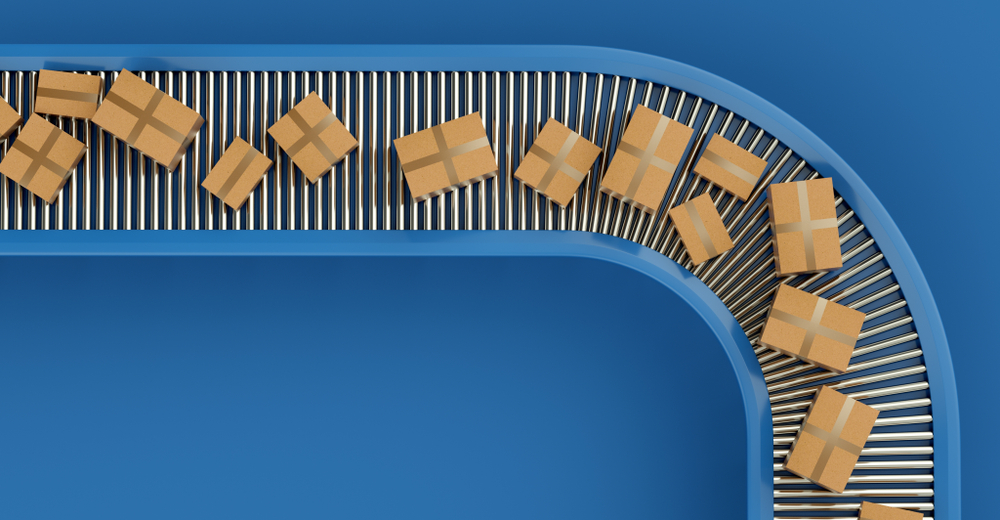
Let’s just be clear that in this blog post, we’re not going to talk about finding the right product – we’ve covered that elsewhere. We’re going to talk about when you’ve found the right product range, what you do next to find a supplier.
You could start with retail arbitrage or online arbitrage. A lot of Amazon sellers do this; the clearance aisles can be a great place to buy. If one branch of a multiple store has a load of good stock in clearance, you could try the other branches nearby, too. Or you could take advantage of online sales. (But before you buy, check Amazon to see what price the products are selling at and how much money you can make. There’s no point buying something discounted at 40% when you can already get it at half price on Amazon!)
The problem, of course, is that your chosen product may not be on clearance. So your profits are at the mercy of a big retailer. Ultimately this is a good way to test the water if you need some confidence, but it’s not the most sustainable way to build your FBA business.
Some people just get started this way to help them find their niche – toys, beauty products, underwear, whatever. But actually, finding your niche the more scientific way using CashCowPro will ensure you don’t waste your time on products that are only marginally profitable.
Liquidation and surplus stores offer you the same possibilities as the clearance aisles – and have the same downsides.
None of these supply sources offers you the profit margins you can get with private label. Your gross markup – the difference between product price and selling price, before all the fulfillment costs – could be 83% of the selling price with private label ($4 spent on the product, selling for $24) but that falls to 70% on arbitraged products ($7 spent on a product that sells for $24). On lower value items, Amazon fees could take such a big chunk you make no money at all.
Drop-shipping is another way to enter the market. You don’t need a high amount of investment, as you sell the product first, and then you place the order with your supplier, who ships the product. But it’s a competitive market and margins are lower than on FBA. The customer experience is in the hands of the drop shipper, too – a bad shipper could lead to you getting bad reviews.
Let’s look at the advantages of going private label and building up your own brand and product range. It does take more time to start with, particularly getting a trademark (though Amazon can expedite that). You control your own product and the customer experience, and you’re building up your own product range and brand.
This is ultimately the most stable way to make money, and it’s the one which will make the best margins for you if you get it right. And having your own trademark will give you a lot of advantages on Amazon, too.
So yes, you will need get in touch with Chinese or Indian manufacturers, and ask for sample items. (Samples are not free – though some suppliers will knock the cost off your first order if you choose to work with them in the long term.) You’ll need to negotiate the price; remember that sometimes, the optimum mix will be a smaller order size at a slightly higher price, as this will reduce your risk.
Talk about labeling your product – have the logo and so on ready – and ask what options you have (eg labeled packaging, branding on the product itself, stickers or printed on?).
And carry out basic checks;
• Is quality reliable?
• What’s the manufacturer’s experience, track record, lead time?
• Ensure the manufacturer is used to dealing with Amazon so that packaging and labeling will always be compliant.
If having read this you’re still uncomfortable with the process of ordering from an Indian or Chinese manufacturer, then why not outsource the process? You still get all the advantages – though some of your margin will go to pay for the help.
